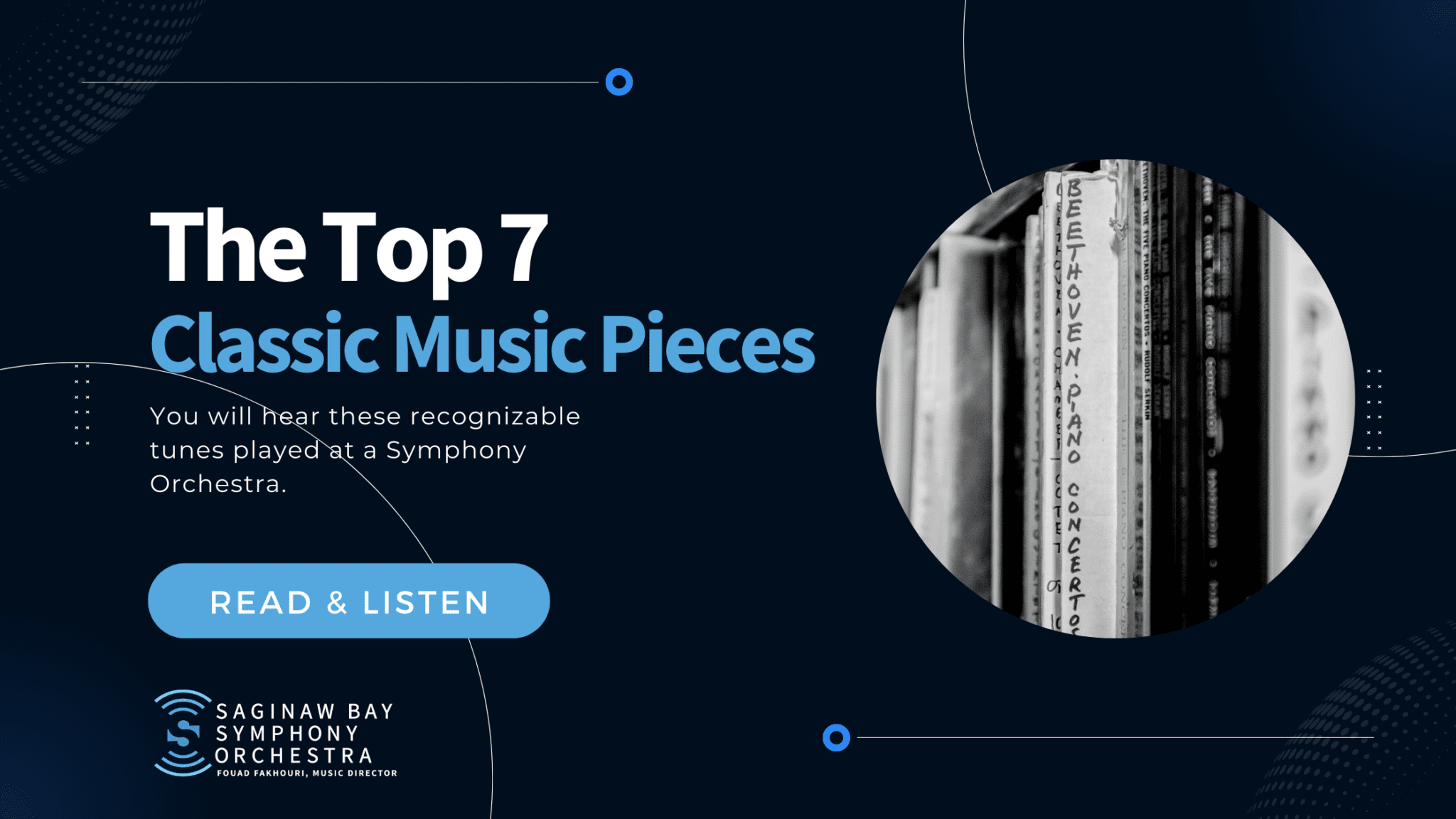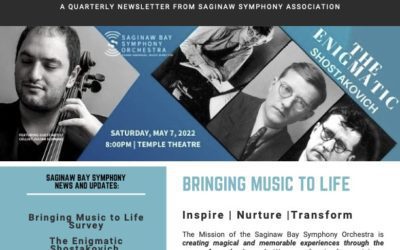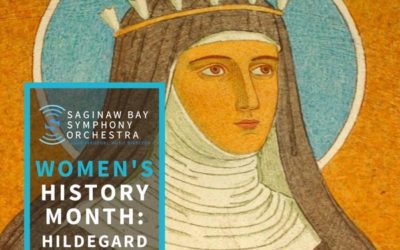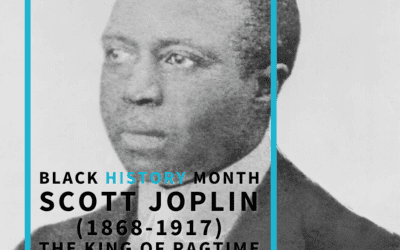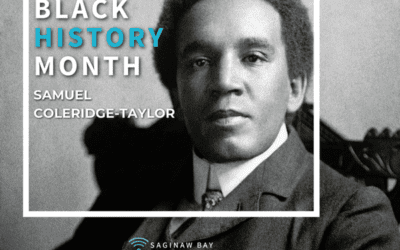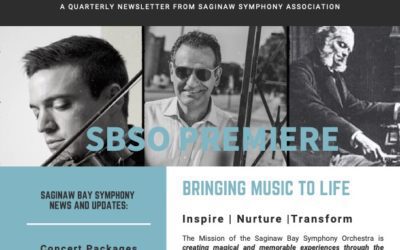1. Beethoven’s 5th Symphony – Allegro con brio
This piece was written in 1824 and is considered one of the greatest symphonies ever composed. It is known for its powerful opening movement, which features a theme that is repeated throughout the entire work. This movement is often referred to as the “Ode to Joy” due to the fact that it contains a quote from Schiller’s poem, “Ode to joy”. The second movement is known as the “Choral”, which is a short movement featuring a choir singing about the beauty of nature. The third movement is called the “Pastorale”, which is an uplifting and happy movement. The fourth movement is called the ‘Adagio’, which is a slow and peaceful movement. The fifth movement is called the ”Rondo”, which is the last movement of the symphony. This movement is very energetic and upbeat, and is commonly played at the end of concerts.
2. Mozart’s Piano Concerto No. 21 – Andante
This piano concerto was written in 1781 and is considered one of Mozart’s best works. It is a classical composition, and is marked Adagio. The first movement is known as the Largo, which is a long and slow movement. The second movement is called the Moderato, which is a moderate tempo. The third movement is known as the Vivace, which is a fast and lively movement. The final movement is known as the Finale, which is a rousing finale.
3. Tchaikovsky’s Symphony No. 4 – Pathetique
The Pathetique was written in 1874 and is considered one of Tchaikovsky’s best pieces. It is a classical symphony, and is marked Adriatic. The first movement is called the Marche Slave, which is a march-like movement. The second movement, called the Scherzo, is a fast and lively dance-like movement. The third movement is the Lento, which is a slow movement. The final movement, called the Finale, is a rousing finale with a strong sense of closure.
4. Brahms’ Violin Sonata No. 1 – Prestissimo
This violin sonata was written in 1877 and is considered one of Brahms’ best pieces. It is marked Prestissimo, meaning extremely fast. The first movement is the Allegro vivace, which is a lively and upbeat movement. The second movement of the sonata is the Andante sostenuto, which is a sustained and calm movement. The third movement, called the Rondo, is a rousing and exciting movement. The final movement of the sonata, called the Finale is a rousing and upbeat finale.
5. Chopin’s Nocturne Op. 9 No. 2 – Molto moderato
This nocturne was written in 1829 and is considered one of Chopin’s best pieces of music. It is marked molto moderato, which means moderately slow. The first movement is a Prelude, which is a prelude. The second movement is a Minuet, which is a short dance-like movement. Then comes the Trio, which is a trio. The final movement is the Finale, which includes a coda (a section at the end).
6. Debussy’s Clair de lune – Tempo di Valse
This piece was written by Claude Debussy in 1905 and is considered one of his best compositions. It is marked Tempo di Valse, which means waltz time. The first movement is an introduction, which sets the mood for the rest of the piece. The second movement is the Menuet, which is a waltz-like movement. The final movement consists of two parts. The first part is the Passepied, which is a wistful and nostalgic movement. The second part is the Danse Macabre, which is a macabre dance-like movement.
7. Ravel’s Bolero – Moderato
This bolero was written by Maurice Ravel in 1928 and is considered one of Ravel’s best pieces, along with the Bolero. It is marked Moderato, which means moderately fast. The first movement begins with a slow introduction, followed by a faster section. The second movement is marked allegretto, which means lightly and cheerfully. The third movement is a minuet, which is similar to the minuet in the first movement. The final movement begins with a slow and mournful melody, then goes into a fast and cheerful section.
![SBSO Full Logo (color) fullwhite[Converted]](https://b2637501.smushcdn.com/2637501/wp-content/uploads/2022/01/SBSO-Full-Logo-color-fullwhiteConverted.png?lossy=1&strip=1&webp=1)
